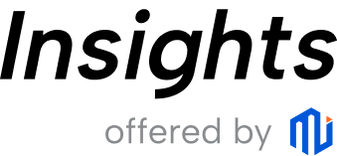Tesla Delivery Still Weak, but AI Remains the Long Game
TradingKey - Tesla’s Q2 2025 results didn’t wow the Street. The company produced around 410,000 vehicles and delivered roughly 384,000—slightly better than expected, but still down significantly year-over-year. That’s now two quarters of delivery declines amid growing pressure from newer, cheaper electric vehicle models—especially from Chinese competitors.
To combat that, Tesla has rolled out aggressive incentives, including 0% financing in key markets. But the response from buyers has been lukewarm so far. In Q1, Tesla said some buyers delayed purchases while waiting for refreshed Model Y deliveries in March, and that backlog hasn’t fully bounced back yet.
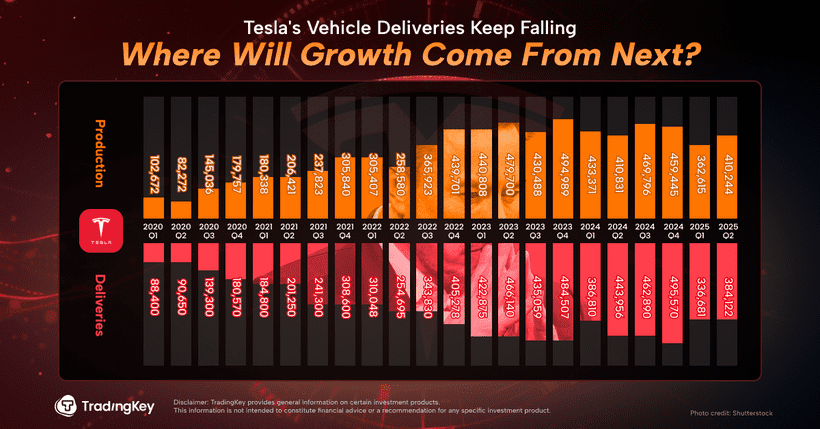
Meanwhile, CEO Elon Musk has been dealing with a fair amount of controversy. Political backlash has triggered anti-Tesla protests in several regions, denting public perception and potentially weighing on sales.
On the policy front, President Trump has repeatedly warned that he may revoke federal subsidies and incentives granted to Elon Musk's companies — including both Tesla and aerospace and defense contractor SpaceX. CNBC estimates these policies could trim EV sales by 100,000 units annually by 2035. Former President Trump has also threatened to strip Musk’s companies—Tesla and SpaceX—of federal subsidies should he return to office.
Despite those headwinds, many long-term investors are staying optimistic about Tesla. Tesla’s story is shifting away from cars—and toward AI.
FSD v12 Paves the Way for Robotaxis
What really excites the market isn’t how many cars Tesla sells today—it’s the company’s AI roadmap. Last week, Tesla quietly launched an early version of its Robotaxi service in Austin, Texas. The service is fully powered by "FSD v12", the company’s latest Full Self-Driving software.
Unlike earlier versions, FSD v12 shifts away from coded rules (“Stop at red," “Yield to pedestrians”) and instead learns how to drive by watching millions of hours of real driving footage. It’s built on end-to-end neural networks that take raw video from car cameras and directly output steering, braking, and acceleration commands—no hand-written rules, just AI.
According to Tesla, FSD v12 combines 48 neural nets together to process video from 8 cameras, giving it full 360-degree awareness. It’s trained on over 1.5 petabytes of driving data using Tesla’s own Dojo supercomputer, clocking ~70,000 GPU hours per full model cycle.
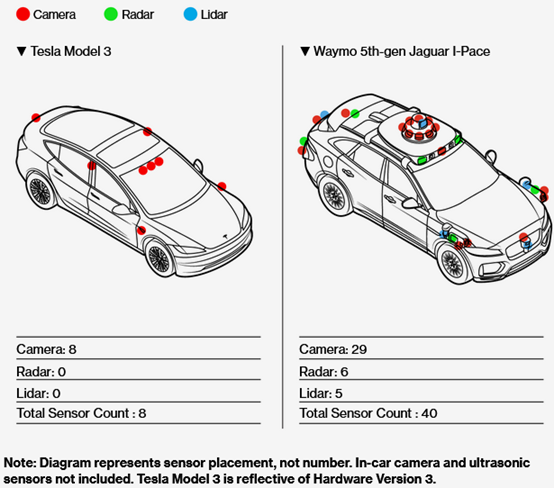
Source: BloombergNEF
This is Tesla’s bold bet: a fully vision-based system trained like a human, not engineered like a machine. However, many experts still question whether a pure camera-based setup can be reliable in every scenario—especially without the radar and sensors companies like Waymo rely on.
Why FSD Tech Matters Outside the Car: Optimus
The capabilities of Tesla’s Full Self-Driving (FSD) system are now extending beyond the automotive domain. A prime example is Tesla’s humanoid robot, Optimus, which also adopts a full end-to-end neural network architecture, incorporating FSD technology to deliver advanced vision perception and real-time decision-making support.
According to earlier demonstrations, Optimus similarly utilizes an end-to-end neural network to carry out basic factory tasks — and can even correct its own mistakes during execution. Milan Kovac, Vice President of the Tesla Bot program, stated that his team has deployed a neural network–based control system with practical performance capabilities, allowing Optimus to autonomously identify and correct errors during task execution.
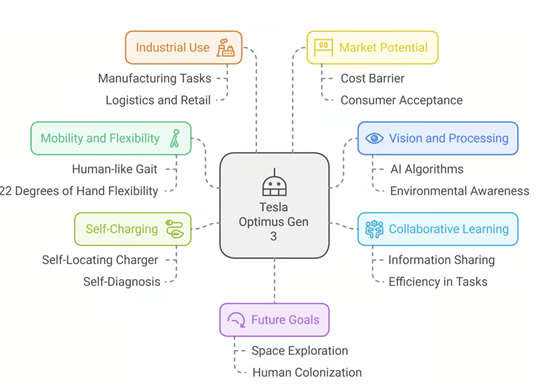
Source: Innovateink
NVIDIA senior research scientist Jim Fan called this update a “breakthrough,” noting that the training process shown in the demo — involving human data collection and imitation learning — illustrates a clear departure from traditional rule-based industrial robotics approaches.
At present, Optimus features a human-mimicking robotic hand with 11 degrees of freedom, compared to the 6–7 DoFs typical in competing models. This significantly enhances its ability to handle more complex, dexterous tasks. Tesla has also upgraded the robot’s vestibular system, gait motion logic, and ground contact sensitivity, along with an enhanced motion planner that reduces latency in its response cycles.
Additionally, Tesla introduced a training paradigm centered on Zero-Shot Transfer Learning. This enables Optimus to learn tasks in simulated environments and immediately apply those skills in the real world without requiring further physical training. In a video released in May 2025, Optimus demonstrated the ability to perform complex dance sequences, including rapid balance shifts between dynamic rhythm changes, using this method.
Kovac noted that this type of training greatly widens the robot’s range of task adaptability and real-world applicability — a key step in Optimus’ evolution from a factory demonstrator to a potentially scalable commercial product.
Neuralink: Tesla’s Brain-Tech Connection
Notably, Musk’s brain-chip startup Neuralink unveiled major progress this summer.
The company is now working toward what Musk calls a “Whole Brain Interface”—a device that connects directly to multiple areas of the human brain (motor, speech and vision cortex), with over 25,000 neural channels in a single implant. The goal? Treat disabilities, and ultimately create real-time wireless communication between brains and computers.
The company’s new S2 chip doesn’t just read brain signals—it can also send electrical pulses back into the brain, allowing for things like visual restoration by stimulating neurons in the visual cortex. That’s the core of Neuralink’s “Blind Sight Project.”
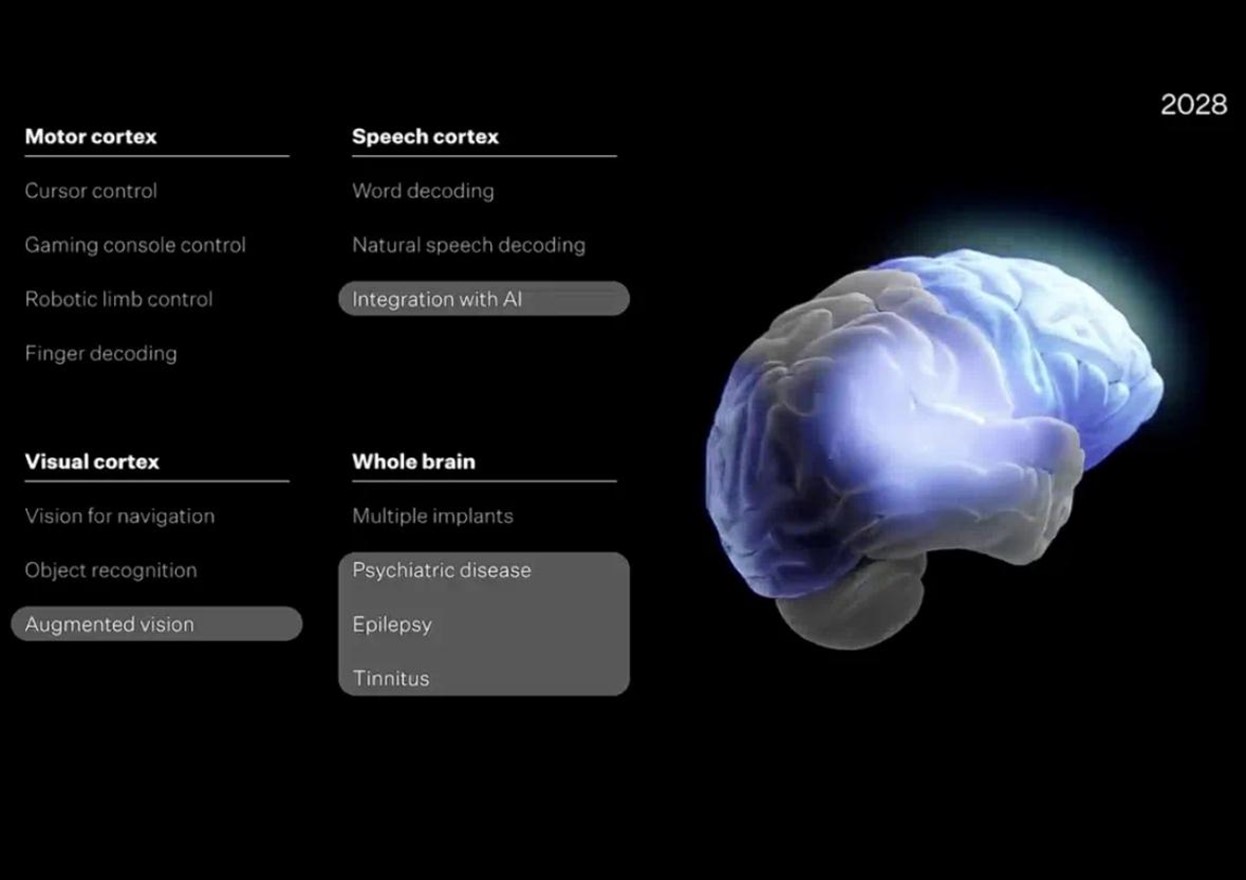
Source: Tesla
So far, seven patients—including quadriplegic and ALS sufferers—have had the implant and regained the ability to communicate, and even work remotely through brain control.
But the vision goes far beyond medicine. Musk says Neuralink is aiming to eliminate the bottlenecks between humans and machines—allowing thoughts to be digitized and wirelessly transmitted at high speeds, long before we speak or act. In other words: a high-bandwidth mind-to-AI interface.
The Supply Chain Driving Elon Musk’s AI Expansion
🔷Upstream: Core Materials, Semiconductors, Batteries & Key Components | ||
Company Name | Ticker | Role in Tesla / Neuralink Supply Chain |
Taiwan Semiconductor (TSMC) | 2330.TW | Manufactures Tesla FSD chips; potential supplier for Neuralink chips |
Samsung Electronics (ADR) | SSNLF | Former Tesla chip manufacturer; provides memory and semiconductor parts |
Texas Instruments (TI) | TXN | Supplies automotive-grade analog chips and sensors |
STMicroelectronics | STM | Provides MEMS/IMU sensors for Tesla's perception systems |
Amphenol | APH | Supplies connectors, cables, and wiring for Tesla vehicle electronics |
Panasonic Holdings | PCRFY | Core EV battery supplier; partner in Gigafactory with Tesla |
LG Chem / LG Energy Solution | 051910.KQ / LGCLF | Supplies LFP and NCM batteries to Tesla’s Shanghai plant |
Albemarle | ALB | Supplies lithium chemicals for Tesla battery materials |
Livent | LTHM | Provides lithium salts used in Tesla’s battery supply chain |
🔷Midstream: System Integration, AI Hardware & Software | ||
Company Name | Ticker | Role in Tesla / Neuralink Supply Chain |
Tesla | TSLA | Builds vehicles, AI chips (Dojo), FSD systems, and humanoid robots |
Neuralink | — | Designs and builds brain–computer interface (BCI) systems and robotics |
Synopsys | SNPS | Provides chip design and EDA tools for Tesla and Neuralink |
Cadence Design Systems | CDNS | Key EDA tool provider supporting Tesla chip development |
NVIDIA Corporation | NVDA | Early Tesla AI training partner; benchmark AI chip platform |
🔷Downstream: Application, Deployment & Expansion | ||
Company Name | Ticker | Role in Tesla / Neuralink Ecosystem |
Tesla | TSLA | Deploys FSD, Robotaxi, Optimus robot, and AI services |
Neuralink | — | Clinical trials for BCI; future applications in healthcare and HMI |
Amazon Web Services (AWS) | AMZN | Provided early cloud support for Tesla AI model training (pre-Dojo) |
Microsoft Azure | MSFT | Indirect cloud provider for Neuralink research and AI infrastructure |
Intuitive Surgical | ISRG | Surgical robotics pioneer; design reference for Neuralink tools |
